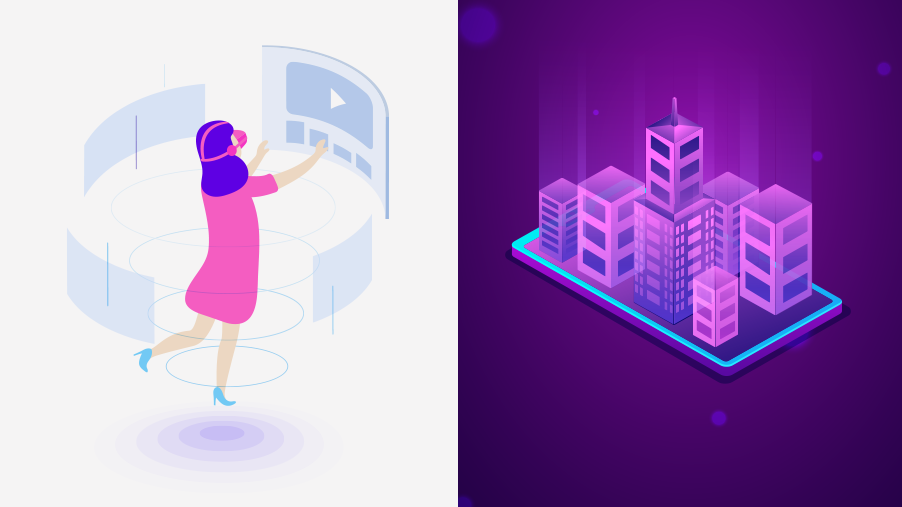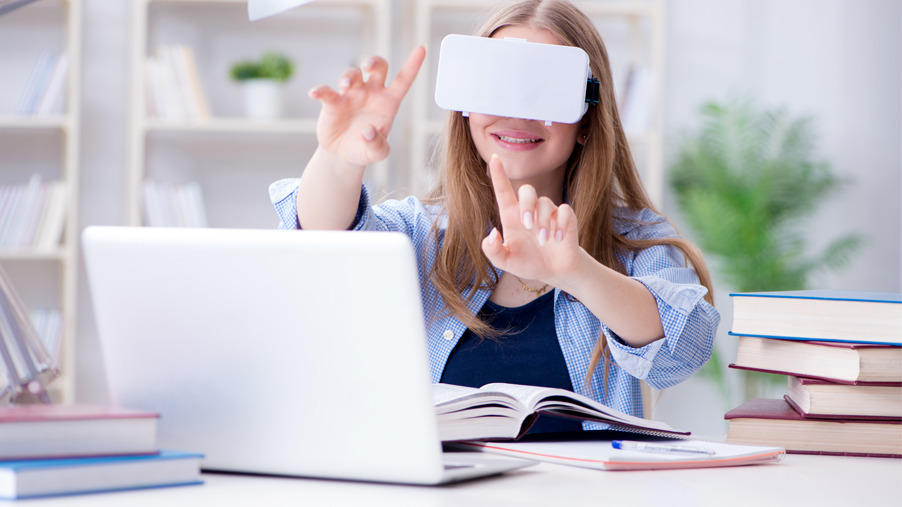
AR or VR? How to know, when and what to be chosen?
July 16, 2022Virtual Reality is an experience that helps users to interact within an artificial 3D environment using special digital devices. Using devices like Oculus Rift, HTC Vive, Google Cardboard to name a few, user can take a tour of the artificially developed environment which gives the real world feeling. This has a great impact on Educational, Tourism and Entertainment industries. And the best advantage is, all this digitally developed real world environment can be experienced inside the closed room.
Most people have known and have heard of VR, but many of them are not aware of how it works in Learning and Education. Here we are trying to enlighten you on same.
How Virtual Reality Learning a boon to Education?
VR helps to experience different destinations and situations across the world without ever having to leave the environment one is in. VR refers to interactive content i.e., images and videos which allows the students and teachers to explore the entire 360 degrees of the chosen/selected scene.
Virtual Reality has the potential to greatly enhance collaboration between teachers and students, both in distant learnings and also in classroom based teachings. The research and statistics shows that VR simulations increase student motivation and improves collaboration and knowledge construction.
Virtual Reality Capabilities
One of the type of Virtual Reality known as 360VR is most commonly used in Education to teach students about the world around them. It has the unique ability to inspire and engage students in a powerful way. This way VR can open a whole new world of possibilities of fun and interactive classroom sessions.
The Arex, here thoroughly practices creating 3D Models and Animations of real world locations/scenes/environment using software’s like 3Ds Max, Maya and Blender, which then integrates them into the Virtual Reality system. This helps students to have a life size virtual experience in the real environment of closed classroom, multiplying fun and interactive learnings.
Making most of it.
Virtual Reality improves education by providing students with memorable and immersive experience that would otherwise not be possible. And the best part is, it can all take place inside the classroom.
- Students learn better through experience
- VR has ability to inspire
- VR sparks the imagination and encourages creative thinking
- VR in education promotes peer interaction
- VR engages students and teachers
- VR provides realistic travel experience
- VR in classroom is inclusive

